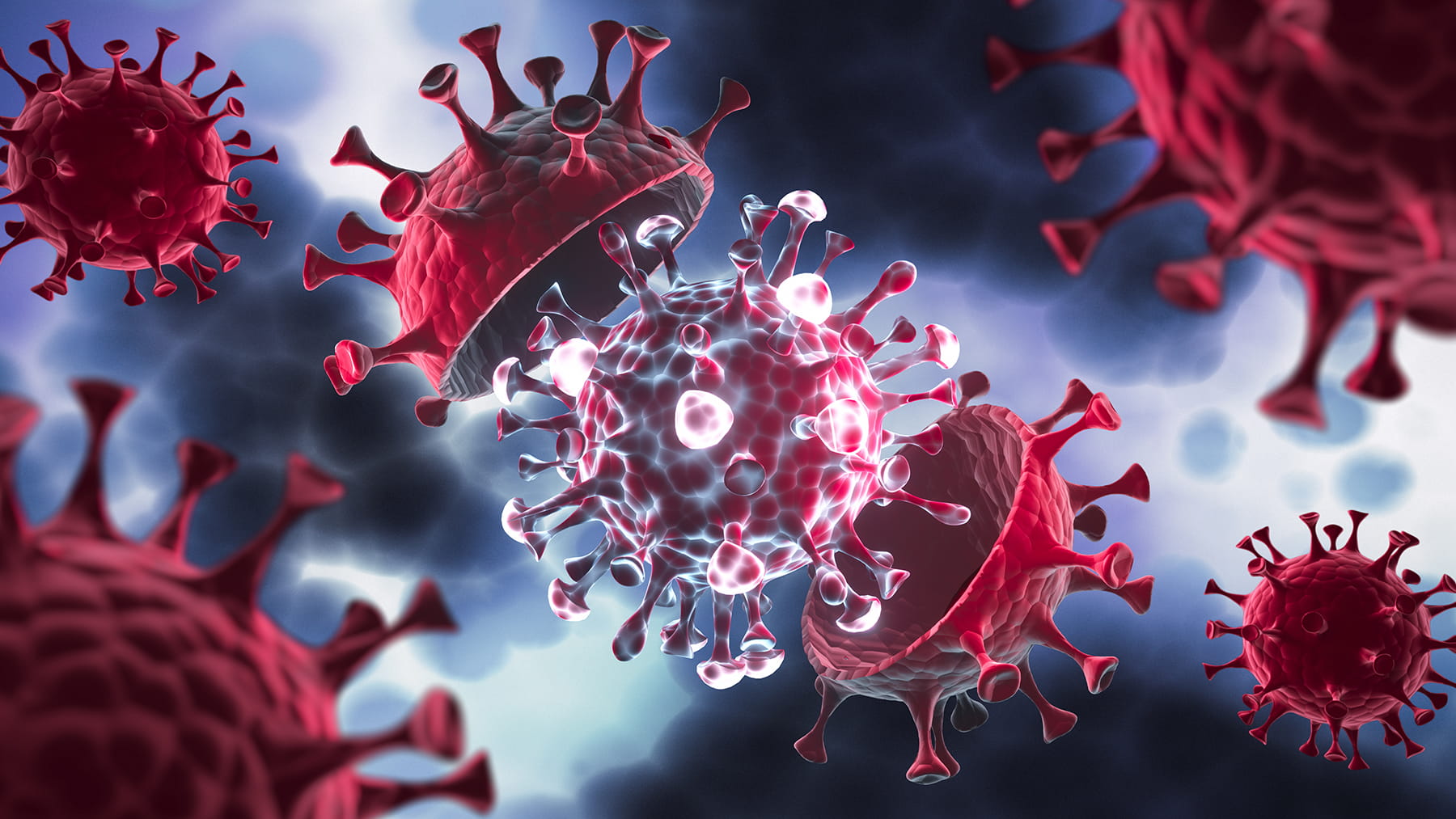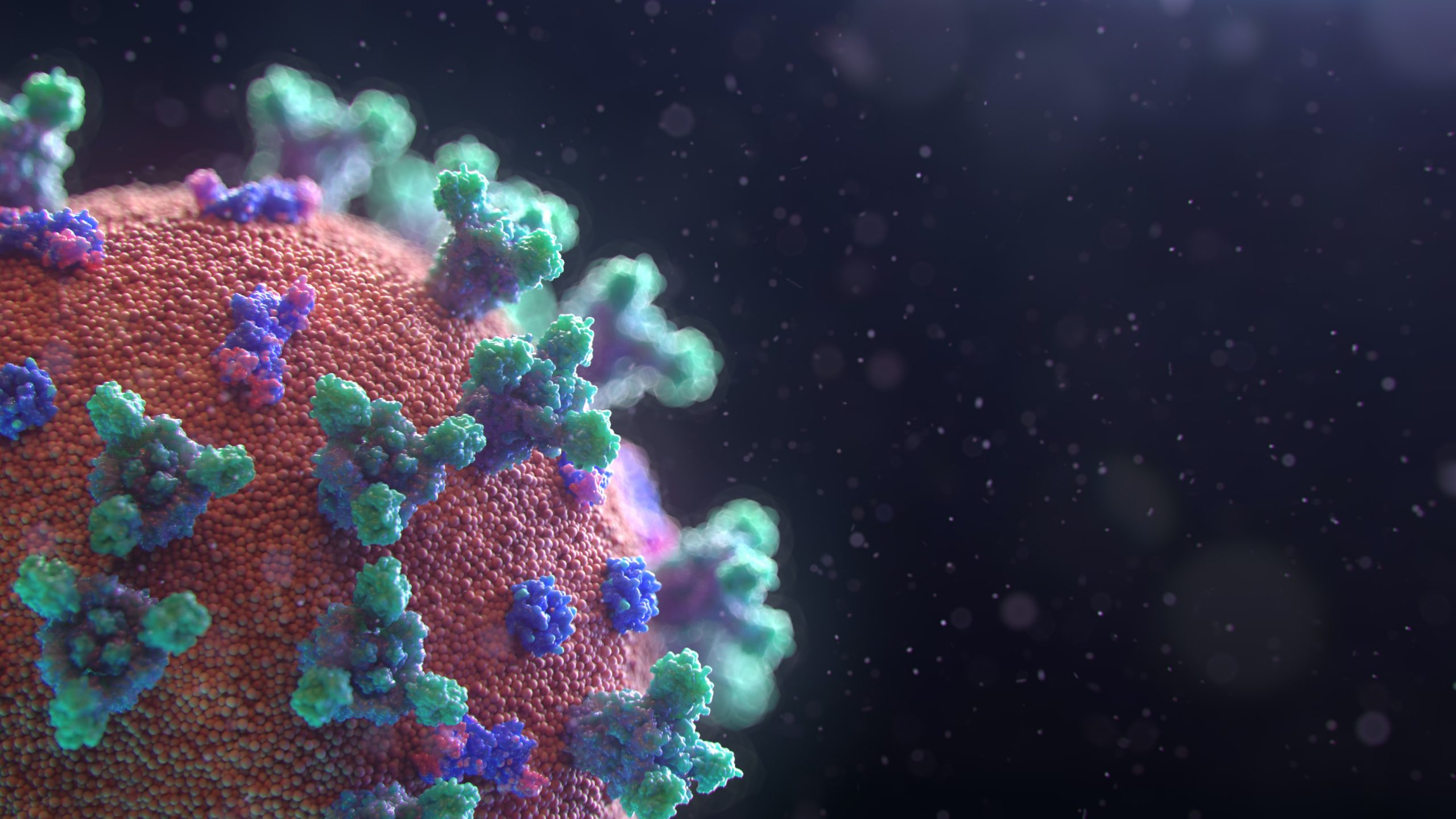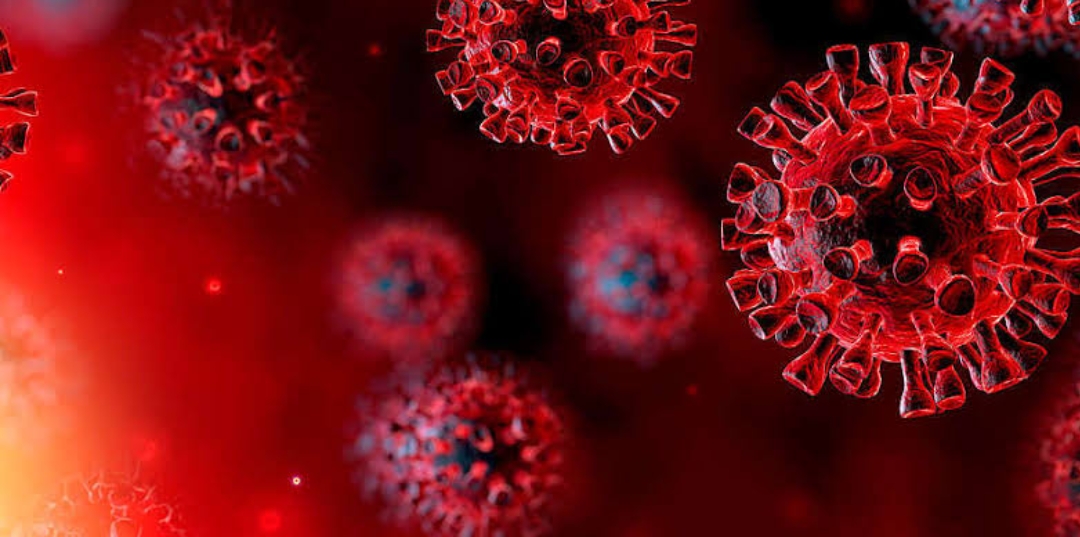Multiple Myeloma Patient's Response to COVID-19 Vaccines
Patients with multiple myeloma had a wide variable response to COVID-19 immunogens. In line with study results revealed within the Gregorian calendar month 2021 edition of Cancer Cell, some patients had no detectable response—pointing to the necessity for protein testing and precautions for these patients. When vaccinated. found that multiple myeloma patients mount variable and typically suboptimal responses after receiving the Pfizer-BioNTech or Moderna COVID-19 vaccines. In line with the analysis team, nearly sixteen % of those patients developed no detectible antibodies after each vaccine dose. These findings could also be relevant to different cancer patients undergoing treatment and to an immunocompromised state of patients. As a result of they're typically given medication that suppresses their immune systems. People battling a blood cancer referred to as multiple myeloma have variable responses to the COVID-19 vaccine, New analysis shows, Some patients had no proof in any respect of COVID-fighting antibody production even after obtaining 2 doses of vaccine.
In the study, the Mount Sinai team analyzed the antibody levels of 320 multiple myeloma patients, as well as 260 patients who received two doses of COVID-19 vaccinations (either Pfizer-BioNTech or Moderna). The researchers according to that concerning one in every six patients (about 16%) had undetectable antibodies to SARS-CoV-2. Given their immunity suppressed state, patients with Multiple myeloma have a higher risk of infection. This risk is any difficult by advanced age and therefore the presence of comorbidities.
Some 77% of patients with multiple myeloma who develop COVID-19 tend to reach moderate to severe acute metastasis dysfunction, and 8% of those cases can cause vital conditions. Researchers collected body fluid from patients. Controlling on day one, before the primary immunogen dose, and once more controlled on day 22, before the second dose. The investigators measured neutralizing antibodies (NAbs) against SARS-CoV-2 within the serum each time. The median age across each team was eighty-three years. The investigators noted that the age of this population was driven higher by a Greek COVID-19 protection initiative that prioritized older patients and health care workers. On day one, the investigators failed to observe NAb titers of 30% or more, the cutoff worth that outlined positivity, in either patients or controls. There was conjointly no distinction in NAb titers between patients with multiple myeloma on day one. One patient with a smouldering metastatic tumour had incontestible NAb titers of 30% or more, whereas NAb titers at this level were ascertained in eleven of the patients with active multiple myeloma (28.2%). The investigators noted that this patient incontestible traditional uninvolved immune gamma globulin levels, whereas the opposite eight patients with smouldering metastatic tumours showed immunoparesis in a minimum of one uninvolved immunoglobulin.
“Repeat antibody measurements from before patients’ first vaccine dose until 60 days after the second vaccination showed delayed and suboptimal responses,” Parekh said. “Preliminary data from our research lab efforts suggest that patients with low antibody titers may have low or absent T-cell responses and this is now an area of active investigation. Research into strategies to boost immune responses, such as third/booster vaccines or passive antibody infusions, is urgently needed.”



















